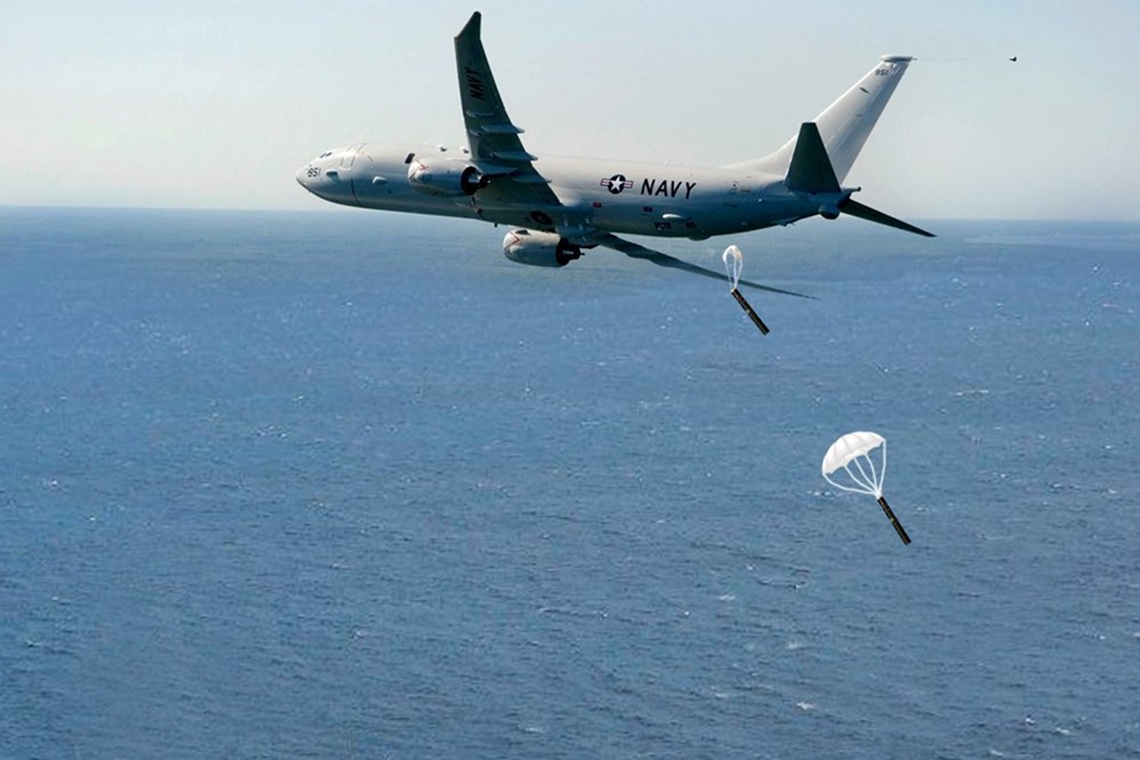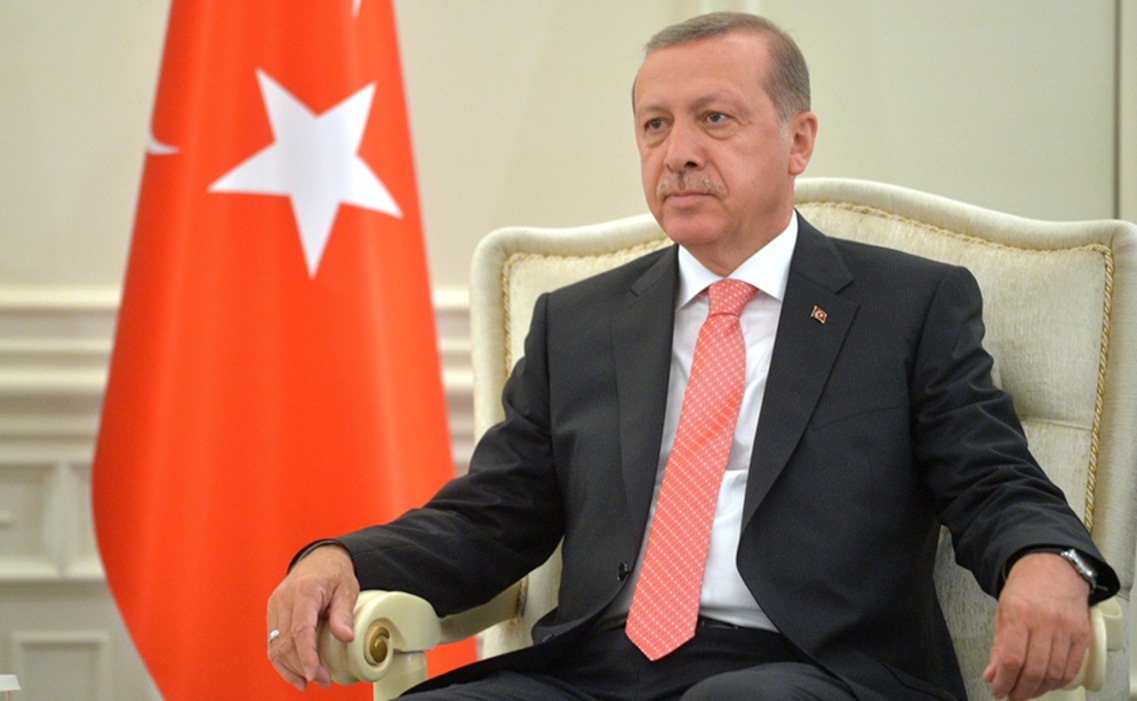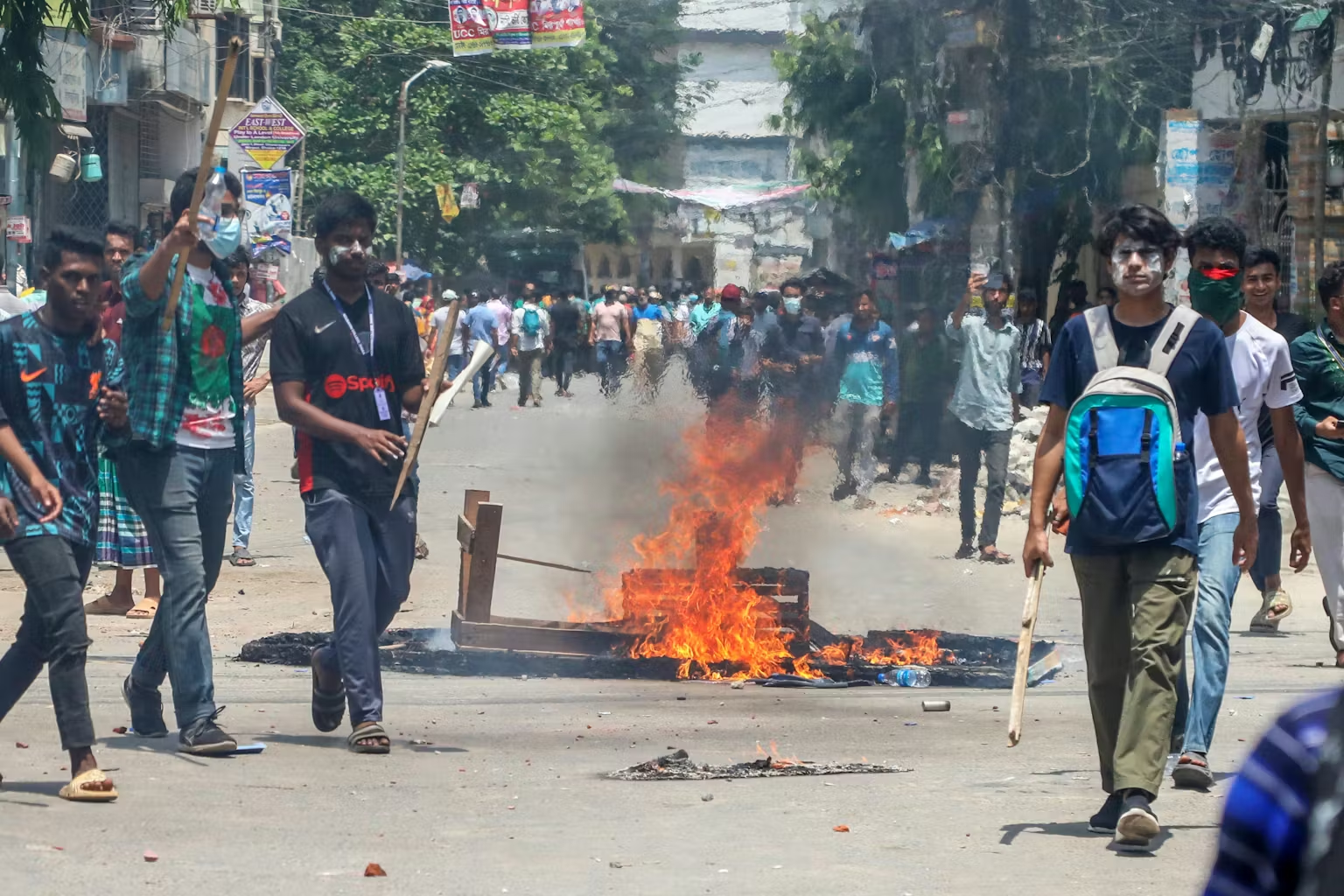Drone warfare is increasingly popular due to its cost-effectiveness and ability to perform dangerous missions while keeping human operators safer. FPV drones have become a prominent feature of modern battlefields, significantly impacting tactics and leading to increased casualties, especially in conflicts.
Introduction: The Drone as a Spatial Actor
The South Asian region, long defined by deeply militarised borders, is experiencing a transformation in its military geographies through the rapid proliferation of drone technologies. This paper explores how Unmanned Aerial Vehicles (UAVs) are redrawing the political, spatial, and strategic cartographies of conflict zones such as the Line of Control (LoC) between India and Pakistan, the Durand Line between Pakistan and Afghanistan, and other key frontier regions. Drawing on Henri Lefebvre’s conceptualisation of space as socially produced and shaped by power and ideology, this study interrogates the shift from static territorial control to dynamic, aerial forms of surveillance and coercion. It argues that drone technologies are not merely military instruments but also active agents in the remaking of space, state sovereignty, and civilian life across contested landscapes.
Drones are not just tools of war—they are spatial agents that reconfigure how states see, map, and exert control over territory. In South Asia, a region rife with historical grievances, porous borders, and insurgent activity, drones have emerged as a transformative force in military doctrine, counterinsurgency operations, and border security. The geography of conflict is no longer defined solely by the movement of infantry and tanks but by hovering eyes in the sky, algorithmic intelligence, and remote-control warfare.
This article critically analyses the new military geography created by drone surveillance along the LoC, the Durand Line, and other strategic frontiers. It blends geopolitical analysis with Lefebvrian spatial theory to understand how drones shape the “space of representation” (Lefebvre, 1991) and consolidate militarised spatial orders in ways that have profound implications for sovereignty, resistance, and everyday civilian life.
The Line of Control (LoC): From Trenches to Thermal Eyes
The LoC, the de facto border between India and Pakistan in Jammu & Kashmir, has historically been a theatre of artillery duels, infiltration, and fortified military presence. However, since the early 2010s, both nations—especially India—have increasingly deployed drones for border surveillance. What began as passive monitoring has evolved into active military operations, especially in the wake of the 2016 “surgical strikes” and the 2019 Balakot airstrikes.
The proliferation of quadcopters and tactical drones by Indian border forces and Pakistani responses has introduced a new dimension to cross-border engagements. In 2020–21, India reported hundreds of drone incursions in Punjab and Jammu, allegedly used for arms smuggling and reconnaissance. This not only disrupts conventional military balance but also challenges the “fixity” of the border, making it permeable to unseen, hovering threats.
Lefebvre’s triad—spatial practice, representations of space, and spaces of representation—offers a useful framework. Drone surveillance alters spatial practice by transforming patrolling from ground-based to air-based systems. It changes the representation of space through live feeds, geospatial data, and algorithmic threat detection. And crucially, it reshapes the “space of representation” by normalising the presence of invisible violence over civilian zones, especially in border villages that become zones of constant watch.
The Durand Line: Drones and the Fractured Frontier
If the LoC exemplifies a “hot border,” the Durand Line represents a “disputed border” that is both undefined and deeply militarised. For Pakistan, drone warfare was historically introduced by the United States, whose CIA-led operations in FATA (Federally Administered Tribal Areas) peaked between 2008 and 2014. The U.S. drone strikes were aimed at Taliban and Al-Qaeda elements but produced immense civilian casualties and socio-political backlash.
While American drones no longer operate with impunity, Pakistan itself has acquired indigenous drone capabilities, such as the Burraq UAV, which it uses to monitor and strike targets along the Afghan border. Islamabad also increasingly relies on Chinese-origin drones for border security, especially in Balochistan and Khyber Pakhtunkhwa.
Here, drones serve dual roles. Militarily, they aid in counterterrorism operations. Politically, they assert Pakistan’s sovereignty over a contested frontier where Afghanistan has historically refused to accept the Durand Line as a legitimate border. By transforming this historically fluid frontier into a zone of aerial surveillance and kinetic control, drones help territorialise what was once a liminal and largely ungoverned space.
At the same time, this form of high-tech spatial control produces what geographer Derek Gregory calls a “kill chain geography”—a networked, real-time military space where targets are identified, tracked, and eliminated remotely. This radically transforms the lived experience of space for borderland communities, who now reside under the dual gaze of drones and insurgents.
The Drone as an Instrument of Sovereignty and Spectacle
In both India and Pakistan, drones have become instruments of state sovereignty and nationalist spectacle. Their deployments are often accompanied by media narratives celebrating technological prowess and tactical superiority. Military parades in New Delhi, for instance, now regularly showcase drone swarms and unmanned systems as markers of a “New India” capable of precision warfare.
But this techno-nationalism masks the deeper transformations of state power. In the drone age, the monopoly over violence is not only exercised through visible force but through surveillance, data, and algorithmic governance. The state no longer needs to be physically present in every corner of its territory; it can assert control through aerial presence and real-time intelligence.
Yet, this also raises uncomfortable questions. Who controls the data collected by drones? How are civilians classified as threats? What happens when machine vision replaces human judgment in targeting decisions? These questions acquire particular urgency in South Asia, where institutional transparency is weak, and the military often operates with considerable impunity, especially in conflict zones like Kashmir or Balochistan.
Civilian Life Under the Drone Gaze
The most radical consequence of drone surveillance is not strategic but social. In militarised zones, drones create a psychological geography of fear. The persistent hum of UAVs in the sky—often likened by civilians to a “mechanical vulture”—transforms everyday life. Agricultural work, school attendance, and basic mobility are often curtailed due to fear of being watched or mistakenly targeted.
This produces what Palestinian scholar Nadera Shalhoub-Kevorkian calls a “spacicide”—the slow erasure of civilian space through surveillance, interruption, and anxiety. In South Asia, this is evident in border hamlets in Kashmir, Punjab, and Waziristan, where drone presence contributes to chronic trauma and spatial alienation. Space, in Lefebvre’s sense, is no longer lived—it is endured.
Moreover, drone surveillance further blurs the line between soldier and civilian, combatant and non-combatant. Once a village is mapped as a potential infiltration zone or insurgent hideout, it becomes a legitimate target—not just physically but in the state’s spatial imagination. The civilian body becomes collateral to cartographic suspicion.
Towards a Post-Territorial Military Doctrine?
Drone warfare pushes South Asian militaries toward a more post-territorial logic of control. While ground troops still matter, control over airspace and data now defines strategic advantage. Intelligence fusion centres, satellite networks, and AI-assisted image analysis are becoming as crucial as physical control over peaks and passes.
However, this transition also breeds new vulnerabilities. Drones are susceptible to electronic jamming, cyber-hacks, and counter-drone technology. Moreover, the reliance on UAVs risks producing “over the horizon” thinking, where decision-makers become detached from the human realities of war, governance, and diplomacy.
In the long run, this could erode the possibility of peace. The invisibility of drones makes them seductive tools for punitive action with little political cost. But such actions often inflame the very conditions they seek to suppress—radicalisation, anti-state sentiment, and resistance.
Conclusion: Drones and the Future of Militarised Space in South Asia
In conclusion, drone surveillance is not simply a technological shift—it is a spatial revolution. It redefines how states perceive, regulate, and militarise space. In South Asia, a region haunted by partition, insurgency, and unresolved borders, drones are becoming the new grammar of power.
Drawing on Lefebvre’s spatial triad, we see that drones alter the practice of space through remote policing, reshape the representation of space through datafied landscapes, and transform the space of representation by producing new subjectivities—civilian, insurgent, target, and ghost.
As drone warfare becomes entrenched in military and political practice, scholars and policymakers must grapple with its ethical, legal, and existential implications. In a region where memory is contested and space is sacred, the drone is not just a machine—it is a new cartographer of fear, sovereignty, and resistance.
Disclaimer: The views and opinions expressed by the author do not necessarily reflect the views of the Government of India and Defence Research and Studies
Title image courtesy: NSIN









